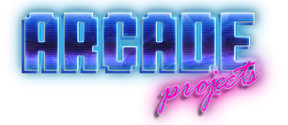300wins
Professional
Report!
I left my cps1 on for about 13 hours on my mini cute last night and things were good to go. Looks like whatever is up with my 12mhz A board was funky (even it plays all my other CPS1 B boards just fine) Strange that it plays my other 6 B boards just fine. Im going to let this board run with a dedicated B board to see if it locks up (cause that should be the same as the multi right? )
but my Final Fight A board seems to work without any issue and doesn't lock up, so i'll just use that =)
You mean MY mini cute.

Glad you got it all sorted out thought.



